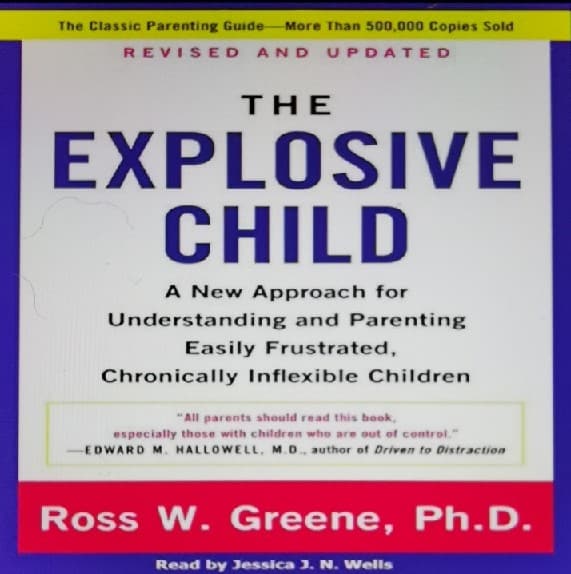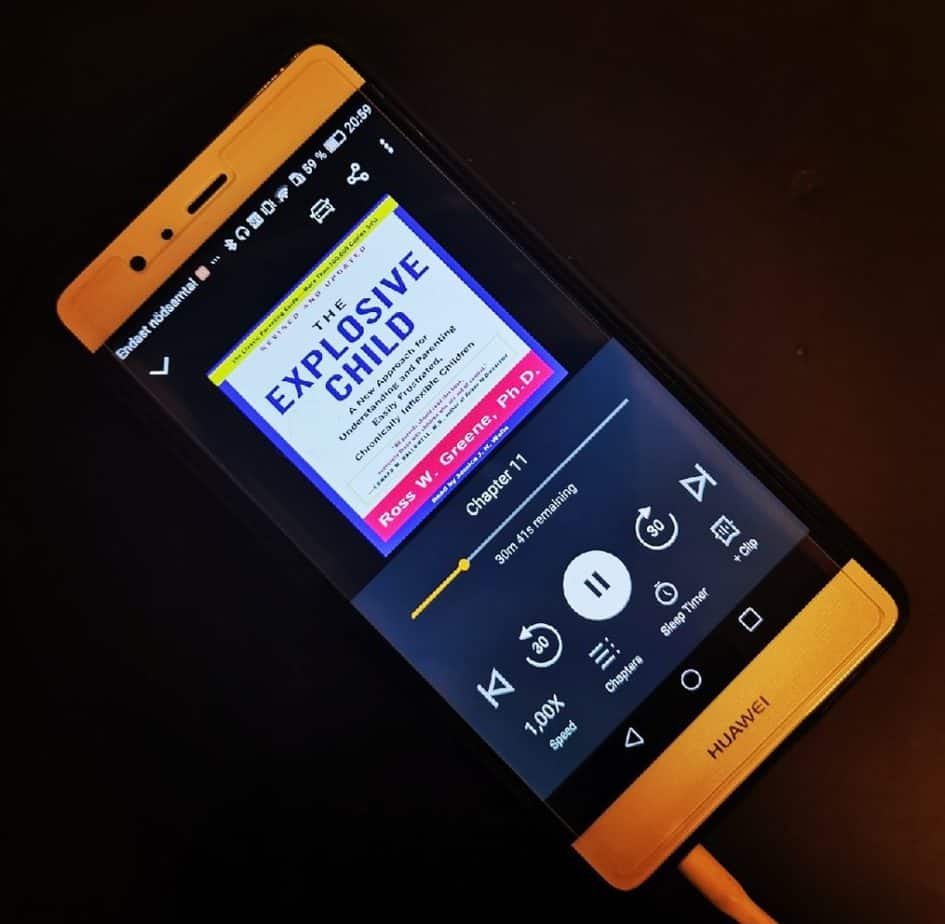
Book: The Explosive Child
Author: Ross W. Greene, Ph.D
Rating: 4 stars (out of 5)
The Explosive Child is helpful for parents parenting hypersensitive kids.
The basic idea is to discuss a plan of action for a specific behavior you wish to change. You and your child should sit down and discuss ideas for solving the problem when everyone is calm and reasonable. Both you and your child should voice your concerns and devise a plan of action together.
It could go something like this.
Mom: ”I noticed you have been refusing to do your homework the last few days. What’s up?”
9-year-old: ”I don’t like how you want me to do my homework.”
Mom: ”How so?”
9-year-old: ”It takes a long time to write by hand. At school, they let me type on the laptop.”
Mom: ”I just assumed you should work on your penmanship. Maybe I was wrong. What do you think we should do about it?”
9-year-old: ”Maybe… You could call my teacher and ask her for instructions for my homework.”
Mom: ”Ok, can we agree that whatever the teacher asks us to do, we will do it without arguing and procrastinating?”
9-year-old: ”Ok”
Mom: ”Thanks, I will call your teacher tomorrow.”
The solution should make both the parents and the child happy and must be something possible for both the child and the parent to accomplish.
You may need to revisit problems and start from scratch to find a new solution when the first solution does not work.
That is the basic concept, although they explain it in much more detail in the book, along with some other great pointers for parents and fun stories.
Implementation
My husband and I have had mixed success implementing this. On our first try using this approach, we decided, probably stupidly, to try to use these ideas to get our teenager up in the morning without a big fuss. This did not work for us.
I think we picked the wrong problem to start with. All teenagers are extremely tired because of growth and hormonal changes in their bodies. I am not sure that any parenting approach will get a teenager to pop out of bed and be sunshine and rainbows.
Start with a problem that is relatively easy to fix, and when you get the concept working for you and your child, move on to more challenging problems.
This approach seems to work better for our younger children than for our teenagers, but I think it could be a constructive way of solving problems with teens.
The book points out time and again the importance of inviting your children into the process of problem-solving. This is a great skill for kids to learn, and it draws you closer to your child if you ask them to solve problems with you instead of imposing your solution on them.
If you find these ideas interesting and want to implement them, please read the book first. Many good pointers are explained in the book to set you up for success.
For more information and other book tips check out our page OUR FAVOURITE RESOURCES https://theadhdminimalist.com/our-favourite-resources/

